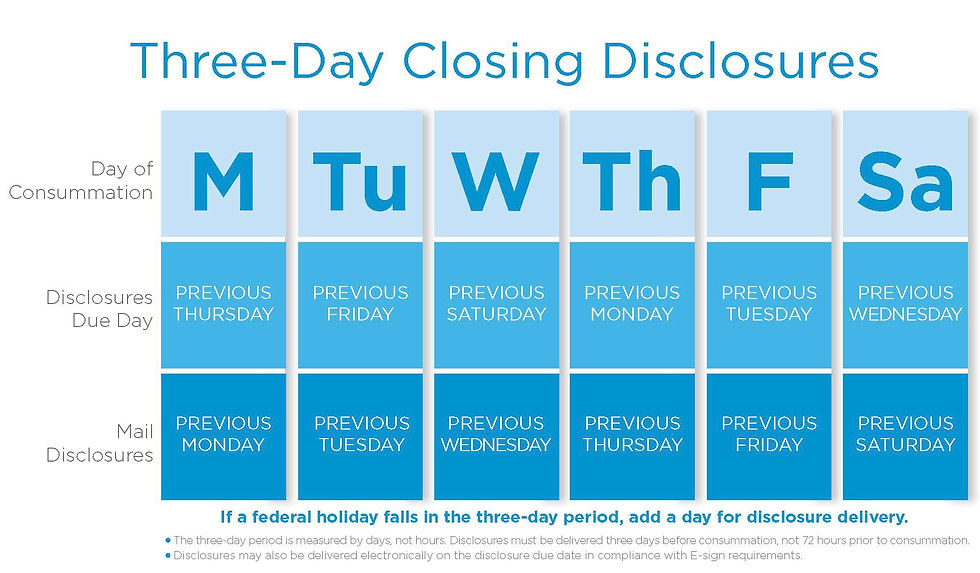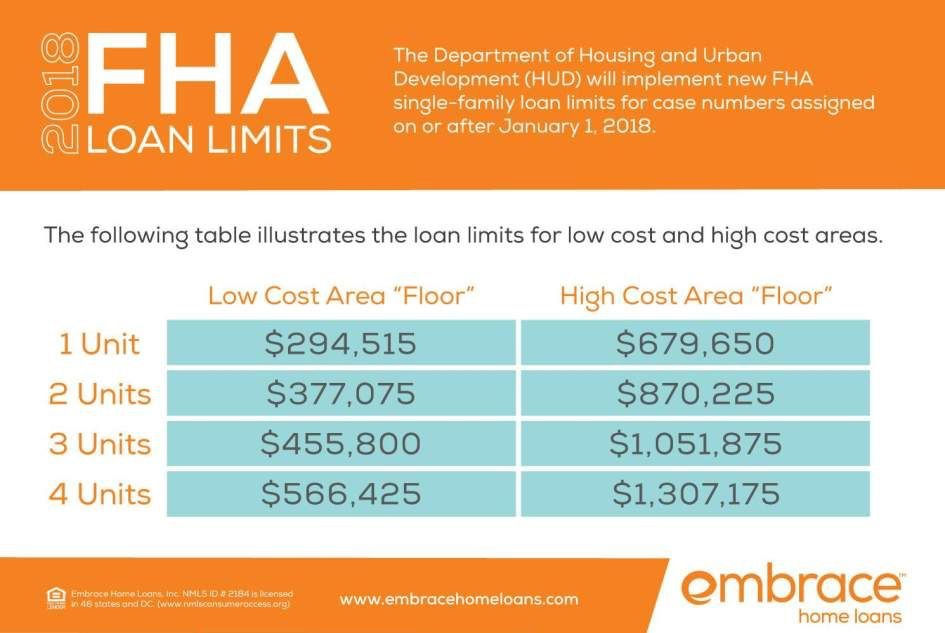Adjustable Rate Mortgages (ARM)
- A. Carter
- Apr 24, 2018
- 3 min read
Updated: Apr 26, 2018
What defines an adjustable-rate mortgage?
An ARM is a home loan that had an adjustable mortgage interest rate that can change based on a predetermined time table but not a predetermined amount. What this means is that monthly payments are susceptible to the market and can go up or down.

PROS:
The initial rate is lower than that of a fixed rate mortgage
If rates fall after the fixed period ends, your interest rate and monthly payments can decrease
CONS:
If rates increase after the fixed period ends, your interest rate and monthly payments can increase
The market and interest rates are not predictable
Fixed Rate Periods
Lenders can have a number of Adjustable Rate Mortgage rate periods.
Common rate periods include:
3/1 ARM
5/1 ARM
7/1 ARM
10/1 ARM
For example:
A 5/1 ARM means that your introductory rate will be locked for the first 5 years of your loan. After the first 5 years, every year after your rate is susceptible to the market and can fluctuate up or down.
The "Adjustment Period" is the length of time that your interest rate will remain unchanged, once the initial period is over. For example, if your ARM states that your interest rate is recalculated at the end of every 2 years, your adjustment period is a 2 year period.
ARM Rate Indexes and Margins
After the fixed-rate period ends the ARM interest rate changes along with another interest rate called the index.
The Index is an interest rate set by market forces and published by a neutral party. There are several indexes and your loan paperwork will identify which index your ARM follows.
To set the ARM rate, the lender takes the index rate and adds an agreed upon number of percentage points, called the margin.
Your index rate can changes, but the margin DOES NOT.
Example: If the index is 1.25% and the margin is 3 percentage points, they are added to equal 4.25%. If the next year the index is 1.5% the interest rate will increase to 4.5%.
The Three Major Indexes
1. Weekly constant maturity yield on one-year Treasury bill. The yield debt securities issued by the U.S. Treasury are paying, as tracked by the Federal Reserve Board.
2. 11th District cost of funds index (COFI). The interest financial institution in the western U.S. are paying on deposits they hold
3. London Interbank Offer Rate (Libor). The rate most international banks are charging each other on large loans. Libor will be phased out by the end of 2021.
Other Indexes
Fannie Mae 30/60
The Prime Rate
10 year Treasury Security
Discount Rate
Rate Limits
Arms do come with caps to keep you from having huge year-to-year increases in your monthly payments.
Caps:
1/ A period rate cap limits how much the interest rate can change
2. A lifetime rate cap limits how much the interest rate can rise over the life of the loan
3. A payment cap limits the amount the monthly payment can rise over the life of the loan in dollars, rather than how much the rate can change in percentage points.
For example: if you have a 5/1 ARM with a 2/2/5 cap this means that after the initial period the first adjustment cannot increase or decrease by more than 2%. The next 2 represents every recalculation after the first adjustment. From the second adjustment your annual adjustment cannot go up or down more than 2% again. The 5 is the lifetime ceiling adjustment. This means the interest rate can never change more than 5% in either direction for the life of the loan.
Does an ARM make sense for you?
If you do not plan on staying in the house long enough for the introductory rate to expire, you benefit for the lower rate than a fixed-rate mortgage
If you anticipate a raise in income
If you make a significant income so that you could pay off the home prior to the expiration of the fixed period
If you can afford a higher rate but are taking advantage of the initial lower rate and put money to other usues
If you anticipate that rates will decline in the future and accept the risk if they do not
When does an ARM not make sense?
If you have minimal cash or high debt-to-income ratio
If you do not have a stable job
If your yearly salary could decrease



Comments